CRAQ’s researcher Pierre Bergeron is part of the team of astronomers that developed a new use for a century-old relativity experiment to measure a white dwarf’s mass
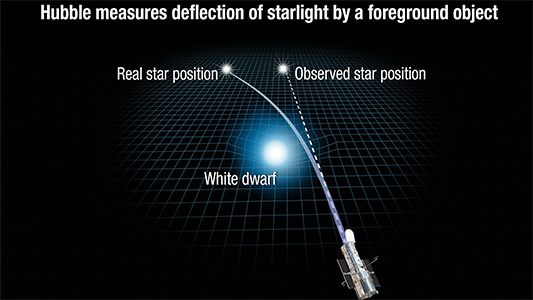
An international team of astronomers, including Professor Pierre Bergeron from the Center for Research in Astrophysics of Quebec and Université de Montréal, used the sharp vision of NASA’s Hubble Space Telescope to repeat a century-old test of Einstein’s… Read More
Two researchers from the CRAQ contribute to the discovery of a giant wave rolling through the Perseus Galaxy Cluster
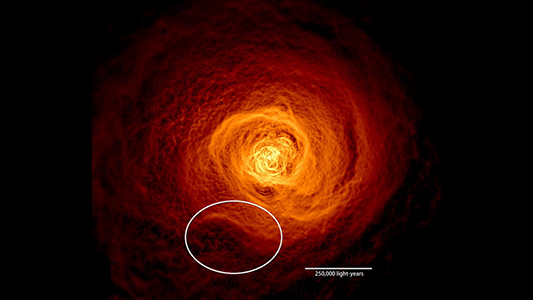
Combining data from NASA’s Chandra X-ray Observatory with radio observations and computer simulations, an international team of scientists has discovered a vast wave of hot gas in the nearby Perseus galaxy cluster. Spanning some 200,000 light-years, the wave… Read More
David Lafrenière and Pierre Chastenay receive prestigious honors from the Canadian Astronomical Society (CASCA)
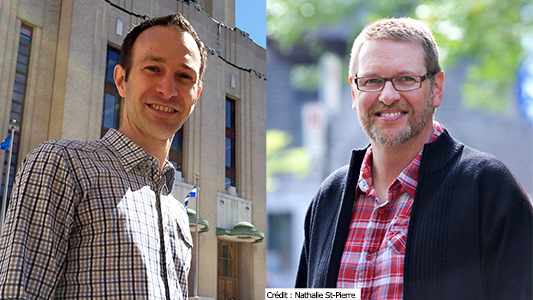
David Lafrenière David Lafrenière of the Université de Montréal, and member of the CRAQ, is the 2017 recipient of the inaugural Harvey B. Richer Gold Medal from CASCA. David Lafrenière earned his PhD in 2007 from the Université… Read More
L’Observatoire du Mont-Mégantic recevra 1 M$.
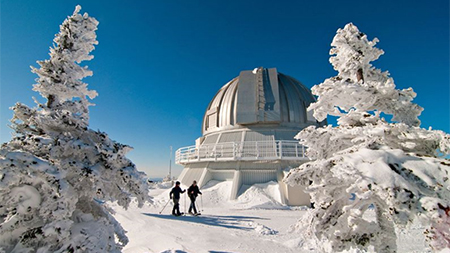
L’Observatoire du Mont-Mégantic recevra un financement de 1 M$ du gouvernement du Canada pour un projet de développement technologique et scientifique, et pour l’entretien de ses installations. La ministre du Développement international et de la Francophonie et députée… Read More
Deux astrophysiciens du CRAQ à TLMEP

Robert Lamontagne et Marie-Eve Naud discutent de la découverte récente d’un système planétaire, formé de sept planètes semblables à la Terre, autour de l’étoile TRAPPIST-1 dans le cadre de l’émission « Tout le monde en parle » du 26… Read More
Professor Julie Hlavacek-Larrondo is part of an international team to understand how black-hole powered jets are forging fuel used in star formation.
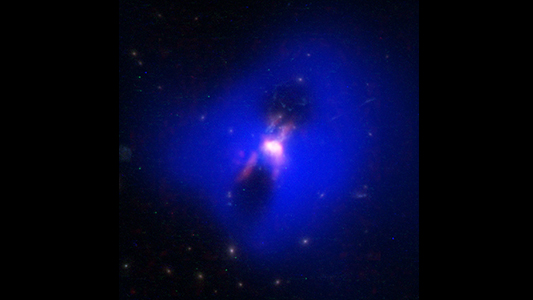
Astronomers using the Atacama Large Millimeter/submillimeter Array (ALMA) have discovered a surprising connection between a supermassive black hole and the galaxy where it resides. Powerful radio jets from the black hole — which normally suppress star formation —… Read More
Massive comet-like object pollutes the atmosphere of a white dwarf
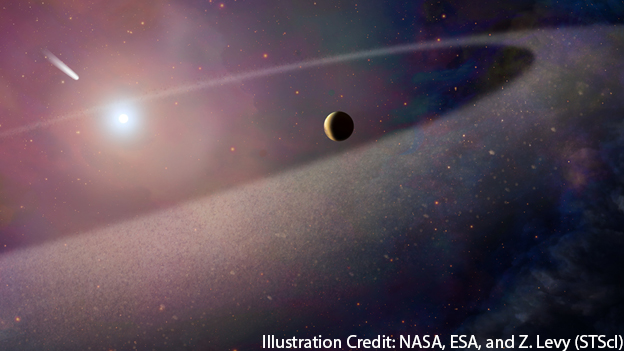
Scientists have witnessed, for the first time, a massive, comet-like object being ripped apart and scattered in the atmosphere of a white dwarf, the burned-out remains of a sun-like star. The destroyed object had a chemical composition similar… Read More
Bonne nouvelle pour l’environnement – la ville de Montréal réduit l’augmentation de la pollution lumineuse.
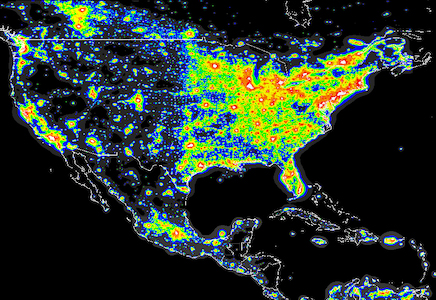
Le Centre de recherche en astrophysique du Québec (CRAQ) et l’Observatoire du Mont-Mégantic (OMM) se réjouissent de l’annonce faite mercredi le 18 janvier par la Ville de Montréal dans le dossier de l’éclairage urbain. Dans son point de… Read More
Le professeur Patrick Dufour figure dans le top 10 des découvertes de l’année 2016 de Québec Science.
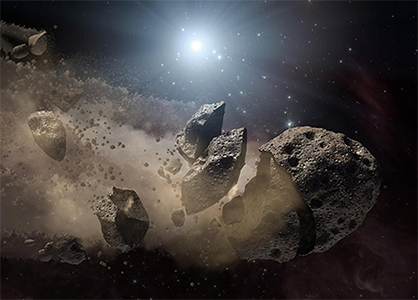
Une équipe internationale d’astronomes a découvert qu’un objet céleste rocheux de grande taille se désagrège et tourbillonne dans une spirale funeste autour d’une étoile naine blanche. La découverte confirme une théorie de longue date sur les sources de… Read More
